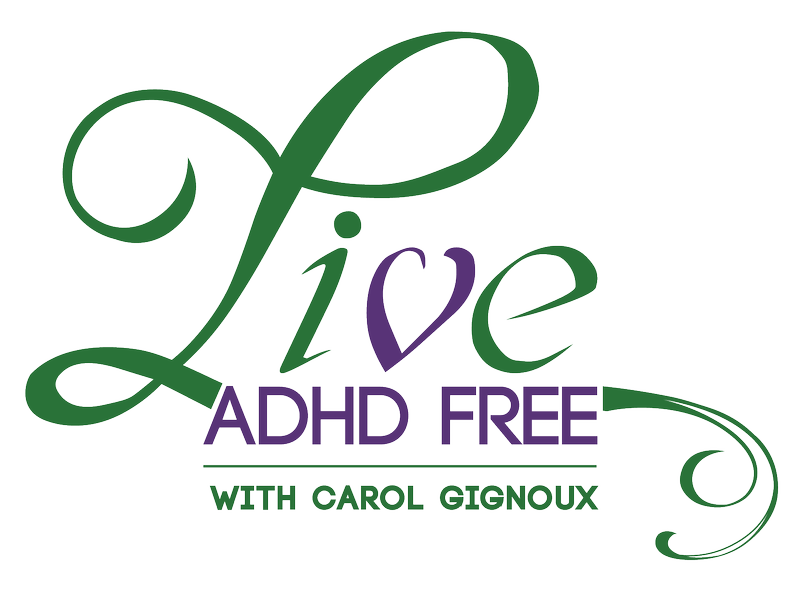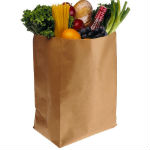Let’s talk brain chemistry for a minute.
The ADD/ADHD brain type differs from other brains on a chemical level, and heading that list is a lack of dopamine available to fire neurotransmitters. That means that the brain has a harder time organizing, remembering and focusing on information. Levels of Omega 3 fatty acids are also lower, leading to less coating on the all important neural pathways. Sometimes there is a magnesium deficiency, a mineral that is vital to brain cells. There can also be low quantities of vitamin C.
Compensate On Your Plate
Luckily, these imbalances can be counteracted with dinner. Flax seeds and salmon are popular sources of Omega 3, but hemp oil is the real champion – it gets absorbed into the body easily, and its benefits last longer than those of any other fatty acid food source. You can amp up your magnesium intake with black beans, broccoli, halibut and peanut products. Vitamin C-rich foods are often colorful and tasty, like peppers (both chili and bell), dark leafy greens like kale, and tropical fruits like guavas, papayas, kiwis and oranges. Magnesium and vitamin C can also be ingested through mineral and vitamin supplements.
These foods are common, popular, and probably part of your diet already. Now that you know the extra brain benefits, you’re probably already thinking of ways to work these ADD-friendly foods into your next meal. Smoothies in particular are a quick and easy way to load up on these beneficial ingredients!
Curb the Cravings
There’s another topic to deal with when it comes to food and ADD: snacking on junk food. While it’s harder to quantify a relationship between food groups and ADD/ADHD symptoms, I personally believe that a healthy diet helps bring out the best in everyone and wherever you look recent research is bearing this out.
If you have a weakness for certain food groups or struggle with portion control in general, my advice is to look for substitutions. Think about the taste, but also the smell, touch, sight and sound of your problem food, and swap it out for something healthier that mimics the experience. Potato chip lovers should try banana or apple chips: same shape, color, crispy crunch, and carb mouth feel, but way fewer calories. Ice cream junkies can go with the frozen yogurt trend, sweetening up tart Greek frozen yogurt with sweet berries and honey. For the pigging-out sensation of a large pizza, try burritos or chalupas with beans, chicken, rice, grilled peppers, pico and cheese. Want a burger? Test out the wide variety of veggie alternatives, or simply pop a big Portobello cap on the grill instead.
And remember, you can still have your favorites – in moderation.



Pingback: The ADHD Diet Solution | Live ADHD Free